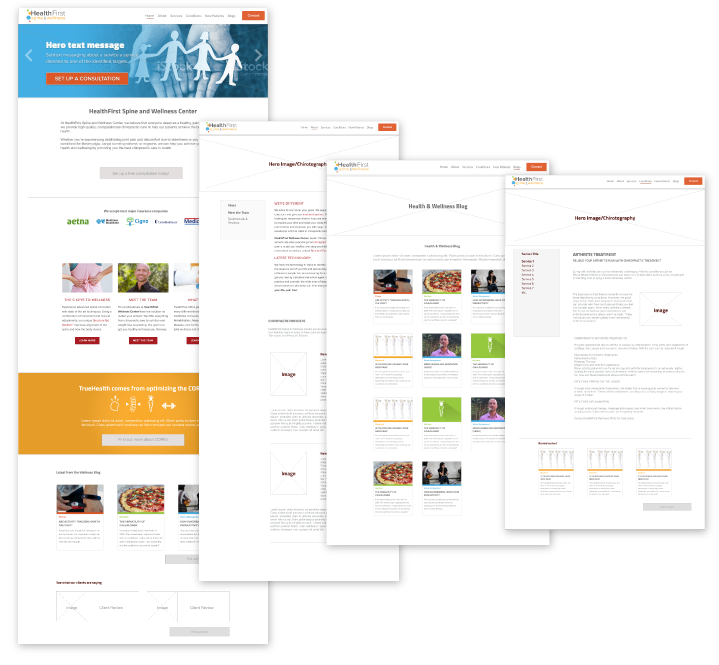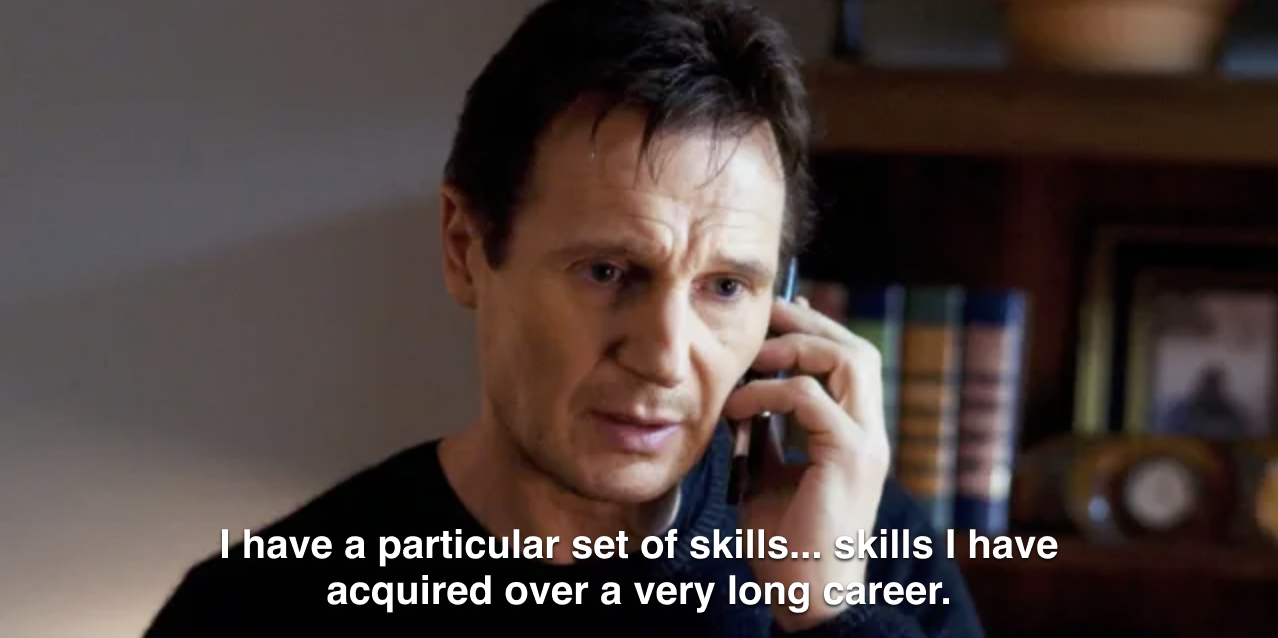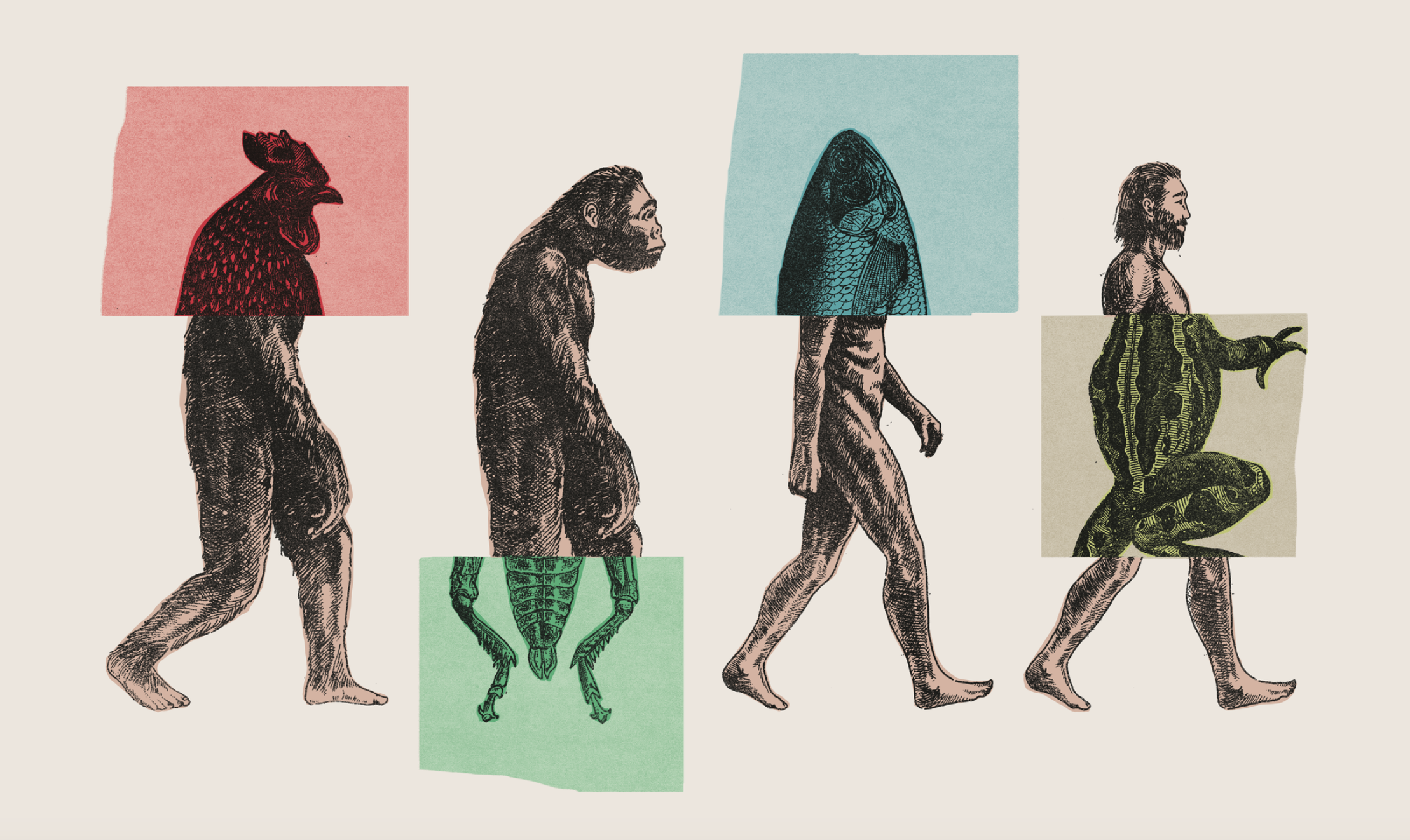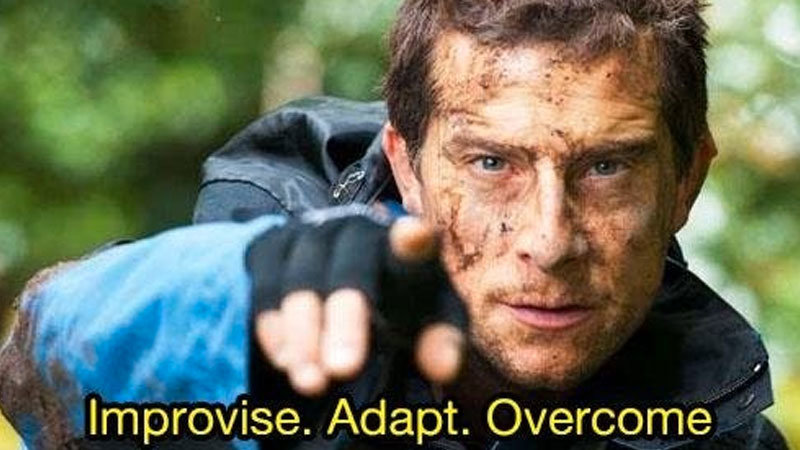
Currently freelancing for web and mobile experiences while looking for new full time opportunities, where I can make full life-cycle impacts.
Currently updatingFreelancing has always provided experiences that not only present learning opportunities around client management and business Ops, but in allowing a freedom you may not be able to find working for larger or more established companies or agencies. Freedoms to experiment in ways that are seen as too risky or at odds with a particular style or brand presence. These opportunities have helped me grow by allowing me to experiment through my curiosities.


Our product teams operated in small, cross-functional squads, each led by a Product Manager, Product Designer, Tech Lead, and Data Analyst, with a varying number of developers. Given our lean teams and broad product areas, collaboration and flexibility were key.

Our small but agile design team included three senior designers (including me), two mid/junior designers, and a player/coach design manager. In Q1 2023, the team shrank but continued supporting the 4 product squads, the design system, and a product refresh initiative aimed at modernizing the platform.



As the senior designer for Team Operations and Staff Operations, I shaped solutions that served both customers and internal teams across the product lifecycle.
My role involved close collaboration with Product Managers and developers throughout the entire product lifecycle, from initial discovery to post-launch iteration. Key aspects of my contributions included:

I also fostered a positive and collaborative team environment, believing that a lighthearted approach helps navigate challenges and ultimately leads to better solutions rooted in a deep understanding of customer needs.

I’ve written before on how I approach new projects and problem spaces. I've learned that no single process is universally applicable—what matters is how it’s applied.

While the core principles of how I approach new projects remain consistent, I recognize that every company and team presents unique challenges demanding process adaptability. At User Interviews, we embraced a continuous discovery model to iteratively refine our understanding and solutions through ongoing insights. This evolutionary approach to process, prioritizing flexibility, allowed for consistent, small improvements that led to meaningful growth.

As a research-driven designer at User Interviews, my approach emphasized continuous progress and insight gathering. This manifested in starting every project by asking: "What do I know?", "What do I not know?", and "What do I need to move forward?" The User Interviews environment fostered a reliance on mixed-methods research to rapidly understand people, problems, and processes. Projects typically began with discovery to identify focus areas, followed by targeted problem-solving efforts with their own research and design cycles.
As a research-driven designer, I played a key role in determining the types of research efforts we pursued. My responsibilities included:
Ultimately, my goal was to ensure every design decision was grounded in real user insights, balancing speed with depth to drive impactful outcomes.

Just a quick list of the tools I used for the whole process of research, design, and dev collaboration.
Figma/FigJam • Loom • Miro • App Cues
Zoom • Grain • User Interviews • EnjoyHQ • Maze • Optimal Workshop • Survey Monkey • Mixpanel • Mode • Microsoft Clarity